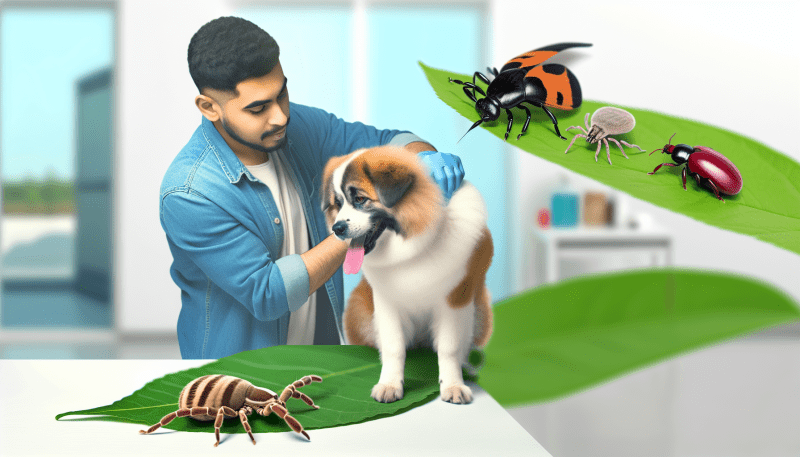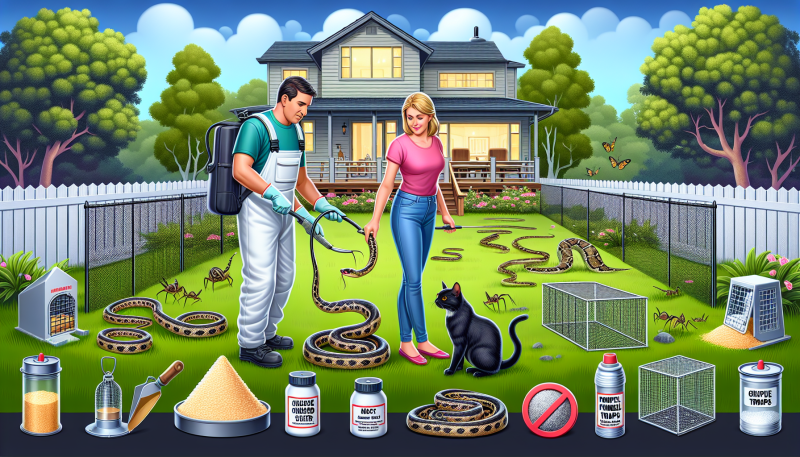When it comes to wildlife control, understanding local wildlife behavior is key. Different animals have unique habits and routines, which can greatly affect how they interact with your home. For example, raccoons are often nocturnal and may rummage through your trash at night, while squirrels are more active during the day and might be found climbing on trees or roofs.
One helpful tip is to observe the patterns of animals in your area. Keep an eye on when they appear and what they are after. This can help you figure out the best ways to deter them. For instance, if you notice deer munching on your garden, consider putting up a simple fence or using repellent plants to keep them away. Tracking their behavior can lead to effective wildlife control strategies that work for you.
Seasonal changes also play a big role in wildlife activity. In spring, many animals are looking for nesting sites, so you might see them venturing closer to your home. By late summer, they might be more interested in food sources as they prepare for winter. Knowing these seasonal behaviors can help you take proactive steps before wildlife becomes a problem.
Don’t forget to consider the habits of smaller creatures too! Animals like mice and rabbits might be drawn to easy food sources like open garbage or bird feeders. Keeping these areas clean can prevent pests from becoming permanent guests. Understanding these behaviors is the first step toward effective wildlife control around your home.
Simple Prevention Methods
By following these straightforward wildlife control tips, you can create an environment that’s less appealing to pests. Plus, it gives you peace of mind knowing you’ve taken proactive steps to protect your home!
Safe Trapping Techniques
When it comes to wildlife control, safety should always come first. Whether you're dealing with raccoons, squirrels, or skunks, knowing how to trap animals humanely and safely is essential. Here are some techniques to keep in mind.
First, always choose the right trap for the animal you're dealing with. Different creatures need different approaches. For example:
Next, make sure to place the trap in an area where the animal frequently travels. Look for signs like droppings or tracks. Once you find a good spot, set the trap according to the manufacturer’s instructions. Baiting it with food can also increase your chances of success. Just remember to keep the bait natural; peanut butter and sunflower seeds often do the trick!
Finally, check your traps regularly. You don't want to leave an animal trapped for too long. This can cause unnecessary stress and possible injury. Once you've caught the animal, handle it with care, and release it in a suitable location that complies with local wildlife control laws. This keeps both you and the animal safe!
When to Call Professionals
Dealing with wildlife in and around your home can be tricky. While DIY methods can be effective for small issues, there are times when you really should consider calling in the pros. Here’s a quick guide to help you decide when to seek professional help for wildlife control.
1. Health Risks: If you suspect that wildlife could be carrying diseases, it’s best to let experts handle the situation. Animals like raccoons, bats, and squirrels can spread potentially harmful viruses. A professional knows how to manage these risks safely.
2. Large Infestations: If you notice a large number of critters, it’s a sign that you might be dealing with an infestation. Whether it’s ants, mice, or even larger animals, a professional wildlife control service has the tools and experience to tackle these bigger problems effectively.
3. Damage to Property: Animals can cause significant damage to your home if left unchecked. From chewing wires to tearing up insulation, wildlife can be destructive. If you’re facing structural damage or costly repairs, don’t hesitate to call in the pros to prevent further issues.
4. Unsafe Situations: If you encounter a wild animal that’s aggressive or trapped, it’s time to step back and let the experts handle it. Your safety is the most important factor, and professionals are trained to safely capture and relocate animals without harm to you or them.



